
Starting June 1st, 2023 Our warehouse fee will be $0.65/cubic foot per month
In effort to lower the warehouse storage fee during inflation, we have went narrow aisle racking.This construction took us four months but the project is finally completed. With narrow aisle racking, we are able to drop storage by 24%.We as partners will go through this inflation together.
01/03/2024
When it comes to the Transportation Management System (TMS), we are not just talking about advanced technology, but also a significant breakthrough in modern supply chain management. TMS not only optimizes the transportation process but also brings numerous benefits in terms of cost, time, and efficiency. It is a system that undeniably impacts businesses and is a crucial part of the modernization in the logistics and supply chain industry. Let's delve into the details of the Transportation Management System and how it is changing the way we perceive and operate in the field of transportation today.
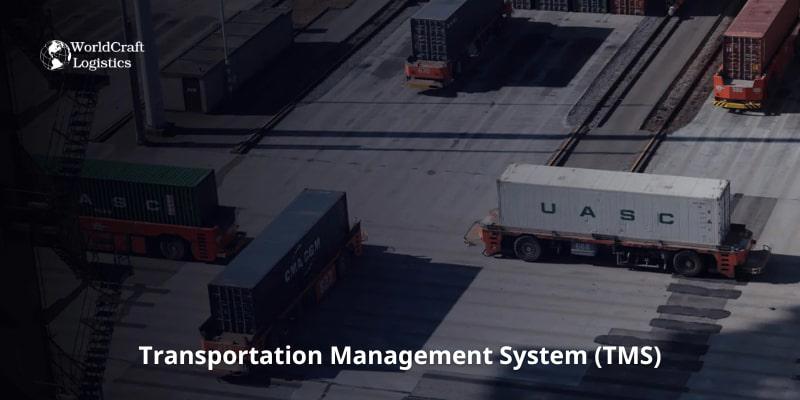
A Transportation Management System or TMS is a pivotal software solution empowering companies to adeptly handle the logistics intricacies associated with the transportation of physical goods, whether by land, air, sea, or a blend of modes. Nestled within the broader framework of supply chain management, TMS in logistics software plays a crucial role in securing the punctual delivery of goods. This is achieved through load and route optimization, real-time freight tracking across local and global pathways, and the automation of erstwhile laborious tasks, including trade compliance documentation and freight billing. The TMS system effectively curtails costs for businesses and end customers alike.
Referred to interchangeably as a transportation management solution or transportation management software, TMS offers a comprehensive view into day-to-day transportation operations, dispenses crucial trade compliance information and documentation, and ensures the timely conveyance of freight and goods. Notably, TMS systems serve to streamline the shipping process, empowering businesses to efficiently manage and optimize their transportation operations across land, air, or sea.
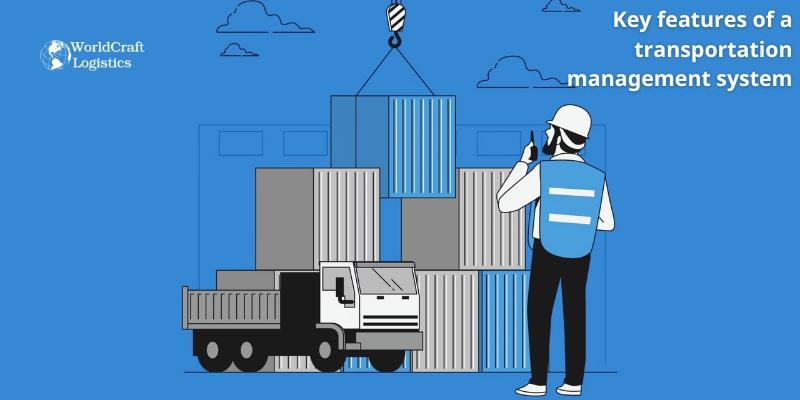
In the contemporary landscape of Transportation Management Systems (TMS), the software has evolved to become a powerhouse of efficiency and simplicity. The pivotal features encompass:
Revolutionize procurement and freight shipment through automated carrier rate comparison and booking. Whether it's air, ocean, truck, or rail freight, strategically plan the most efficient route for goods transportation. Optimize loads and harness real-time track and trace capabilities for continuous monitoring of progress.
Navigate the quote-to-contract process seamlessly. Effectively handle freight costing, order management, rate determination, and freight billing and settlement, catering to both multimodal and intermodal transportation.
Predict transportation demand, scrutinize rates and profitability, and swiftly adapt to unforeseen circumstances. With real-time visibility across all facets of the transportation process, empower yourself to make immediate, data-driven decisions. In a nutshell, the contemporary TMS isn't just a system; it's a dynamic tool reshaping the logistics landscape.
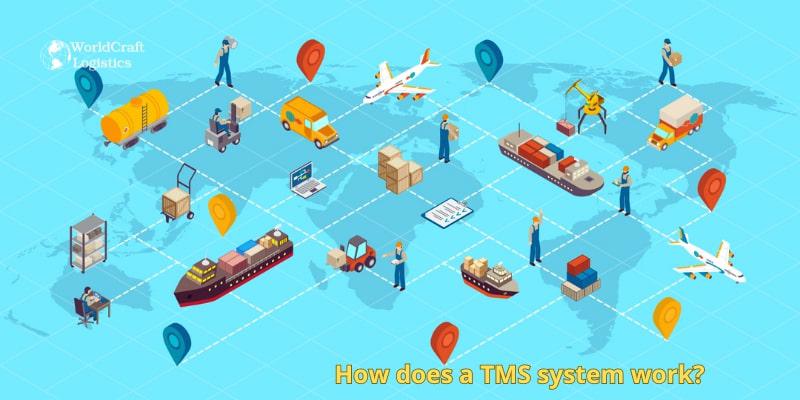
Linked seamlessly with carrier systems, a TMS taps into, stores, and scrutinizes intricate details concerning carriers. Beyond this, it boasts functionality enabling businesses to strategically optimize routes, transportation modes, and monitor delivery progress.
In the orchestration of supply chain dynamics, a TMS operates in tandem with other software components, forming an integrated digital triad that fortifies the end-to-end process. This collaborative synergy is heightened with Enterprise Resource Planning (ERP), orchestrating accounting, order management, and invoicing; Warehouse Management System (WMS), overseeing warehouse intricacies such as palletization, order fulfillment, shipping, receiving, and inventory tracking; and, of course, the pivotal TMS, spearheading freight management, route optimization, and carrier coordination.
In essence, this harmonious integration forms the backbone of a streamlined supply chain, where ERP, WMS, and TMS converge to ensure the seamless orchestration of the entire logistical spectrum.
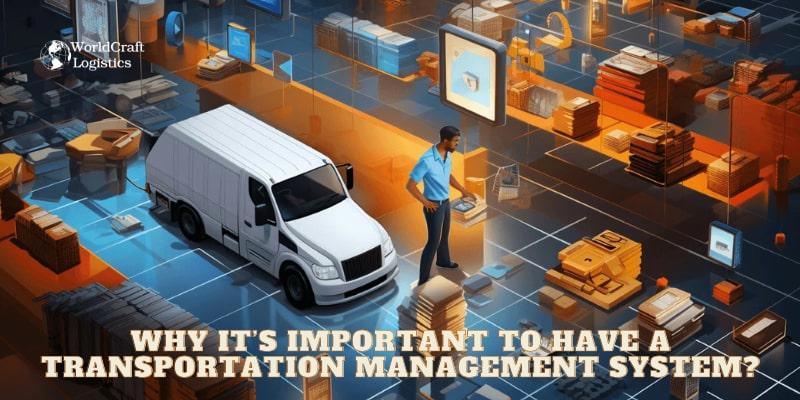
Transportation management systems are pivotal in supply chain dynamics, exerting influence across the entire spectrum—from strategic planning and procurement to seamless logistics and lifecycle management. The extensive and comprehensive visibility provided by a robust system fosters enhanced efficiency in transportation planning and execution, culminating in heightened customer satisfaction. This satisfaction, in a cyclical fashion, contributes to increased sales, fostering the growth of businesses. In the ever-evolving landscape of global trade, characterized by its dynamism and complexity, the necessity of a system facilitating adept navigation through intricate trade policies and compliance processes becomes paramount.
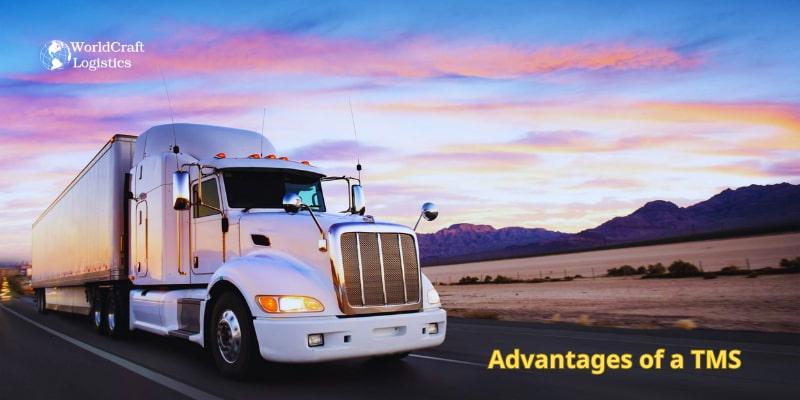
In the dynamic landscape of shipping, a cutting-edge transportation management system (TMS) is indispensable for companies transporting goods, offering a myriad of benefits.
The implementation of a TMS translates to substantial cost savings, benefiting both the enterprise and end customers through various avenues. Administrative costs dwindle as TMS software facilitates easy comparison of carrier rates, replacing time-consuming manual processes with efficient digital bookings. Streamlining auditing, contracts, payments, and order scheduling, the software enhances efficiency and minimizes errors.
Moreover, TMS contributes to reduced shipping expenses by automating rating comparisons, pinpointing the most cost-effective options that might be overlooked in a manual process. Load optimization, achieved through rule-based optimization in building pallets, enables companies to operate at scale with heightened efficiency.
TMS software elevates visibility, a crucial factor in intricate logistical processes. Real-time track and trace functionalities enable monitoring of goods' movement via land, sea, or air. The TMS dashboard facilitates the assessment of operational efficiency and tracking of key performance indicators (KPIs). Dynamic route optimization proposes optimal routes in real time, adapting to unforeseen obstacles.
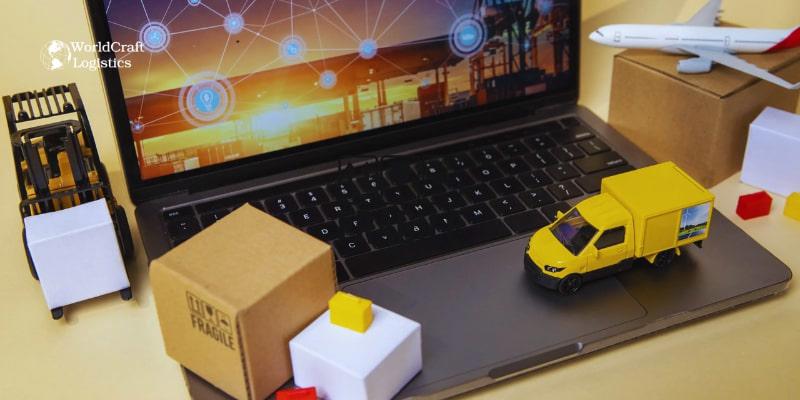
Meeting customer commitments is paramount in today's global marketplace, where the "Amazon Effect" has elevated the importance of on-time delivery. TMS software addresses this need by providing visibility to identify and resolve issues that could lead to delays, customer frustration, or a decline in loyalty. The software also enhances the end customer experience by simplifying tracking, billing, and payment processes, often resulting in better rates negotiated by the business.
In conclusion, a state-of-the-art TMS is not just a technological upgrade; it's a strategic imperative for businesses navigating the complexities of modern shipping.
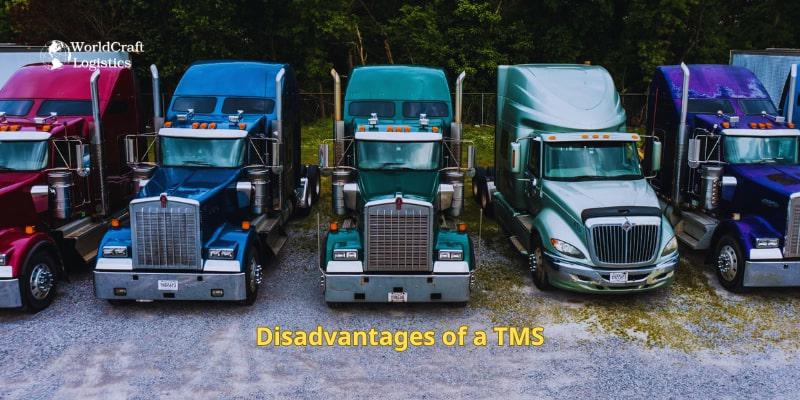
Implementing a Transportation Management System (TMS) brings numerous benefits, but it is essential to be aware of potential drawbacks:
Understanding these disadvantages is crucial for businesses considering the implementation of a Transportation Management System. Careful planning, thorough training, and ongoing evaluation can help mitigate these challenges and ensure a successful integration.
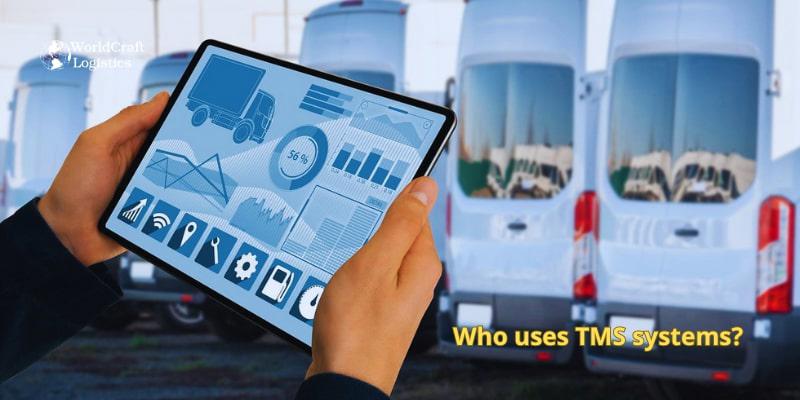
TMS systems find a home in the arsenals of businesses engaged in regular shipping and receiving operations. Fueled by the impetus of the pandemic, a fresh wave of digital e-commerce enterprises has now aligned with traditional manufacturers, wholesalers, distributors, and retailers, all in the pursuit of expeditious, efficient, and cost-effective goods delivery.
A TMS system is a boon for companies across diverse sectors, including:
The adoption of TMS is indicative of a broader industry shift, where businesses, irrespective of their domain, recognize the pivotal role these systems play in optimizing their supply chain processes and adapting to the evolving demands of the market.
Customer expectations continue to rise, demanding not only on-time deliveries but also two-day and even same-day deliveries, with real-time updates provided throughout the shipment process. Ever-changing global trade regulations are forcing supply chains to innovate, often through investment in a transportation management system (TMS).
TMS must become more robust and feature-rich, offering faster responses to consumers and more detailed information to businesses. Machine learning enables TMS to be more intelligent, providing better recommendations and more accurate predictions.

Companies can choose to integrate their transportation and global trade management systems with emerging technologies to improve visibility and offer better customer service. Some available innovative technologies include:
Internet of Things (IoT) devices and sensors enable real-time fleet monitoring, providing visibility into driving conditions, routes, and assets. This helps lower fuel and maintenance costs, reduce delays, and improve driver safety.
Often referred to as chatbots, digital assistants offer immediate, conversational responses to shipment information, leading to higher customer satisfaction.
By applying machine learning to historical data, TMS can predict transit times more accurately, plan capacity, identify at-risk shipments, and provide more informed recommendations.
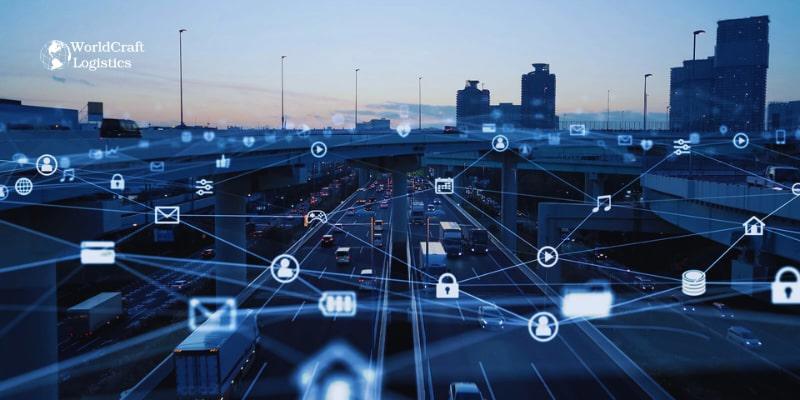
Utilized for complex integrations among shippers, customers, and carriers, blockchains enhance transparency and traceability across the supply chain. Applications like intelligent track and trace ensure accurate and secure information.
Blockchain solutions in TMS, like cold chain management, monitor temperatures across the supply chain for perishable or temperature-sensitive materials, providing real-time information to businesses and regulators. The future of TMS lies in its ability to embrace technological advancements, ensuring a dynamic and efficient landscape for transportation and logistics.
In conclusion, the implementation of a robust Transportation Management System (TMS) has proven to be a transformative stride for WorldCraft Logistics. As we navigate the intricate web of global supply chains, the TMS has emerged as a linchpin, optimizing our operations and enhancing overall efficiency. The real-time visibility into shipments, route optimization, and streamlined communication channels have not only reduced costs but have also significantly improved customer satisfaction.
At WorldCraft Logistics, we are committed to staying at the forefront of technological advancements, and the TMS stands as a testament to our dedication to providing cutting-edge solutions in the realm of transportation and logistics. As we move forward, the TMS will continue to be a cornerstone in our commitment to excellence, ensuring seamless operations, timely deliveries, and a sustainable approach to logistics. Our journey with the TMS exemplifies our unwavering commitment to innovation and customer-centric logistics solutions in an ever-evolving global marketplace.
SEO
Digital Marketing/SEO Specialist
Simon Mang is an SEO and Digital Marketing expert at Wordcraft Logistics. With many years of experience in the field of digital marketing, he has shaped and built strategies to effectively promote Wordcraft Logistics' online presence. With a deep understanding of the logistics industry, I have shared more than 500 specialized articles on many different topics.

Education
01/05/2025

Education
02/18/2025

Education
01/01/2024

Education
08/28/2024

Education
11/13/2023